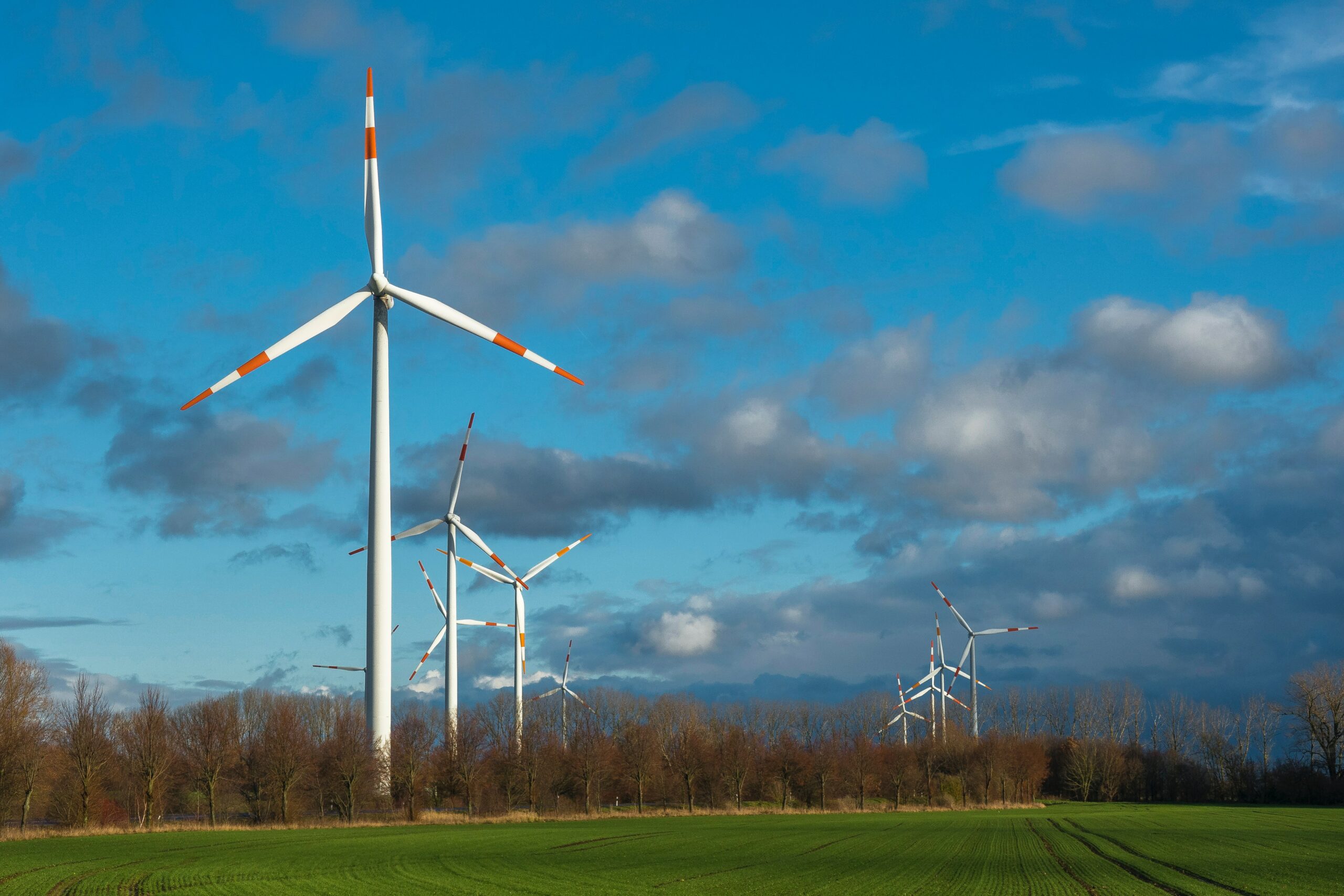Climate for change
COP27 recently wrapped up, with the annual UN climate change conference seeing the US sponsoring a refined version of a voluntary carbon trading scheme – or carbon markets.
Essentially, carbon markets are trading platforms in which carbon credits are sold and bought. One tradable carbon credit is the equivalent of one tonne of carbon dioxide (or a different greenhouse gas) reduced, isolated or avoided.
The ultimate target of such a scheme is to inject private enterprise and investment into clean energy projects, primarily in developing countries.
The theory
COP stands for Conference of the Parties, and the consensus among them seems to be that this scheme could help poorer countries switch to renewables and build up defences to the consequences of climate change.
Nigeria and Chile have already shown interest in the plan, which could be operational from next year. A similar initiative was launched by African countries in parallel and they hope carbon credit trades can inject billions in green finance.
What are carbon markets?
Carbon markets are an exchange system trying to put a price on greenhouse gas emissions, and trading them in the style of any commodities market.
There are two types:
- Compliance – usually started due to national, regional, international policy or regulatory requirements. These comprise industries whose emissions go beyond specified limits, or those who operate in sectors such as fossil fuel-fired industries. In some, like the cap-and- trade system used by the EU and California, industries or sectors are given an allowance, or in this case credits, for the greenhouse gases they can emit. If they then lower their emissions, they can sell their excess credits to other market members whose emissions have risen.
- Voluntary – normally businesses having made their own net-zero pledges. They allow companies or industries to offset unavoidable emissions by purchasing carbon credits from projects that remove or reduce greenhouse gases from the atmosphere, e.g. woodland rejuvenation.
Past instances
Carbon markets formally started in 1997 under the UN’s Kyoto Protocol on climate change, when a group of developed countries pledged to reduce and limit their greenhouse gas emissions.
India in its most recent energy bill, has committed to the creation of a “carbon credit trading scheme”. Polluters will be able to exchange credits equivalent to a certain amount of emissions.
The carbon market will be voluntary at first, but there are plans to roll-out a mandatory cap-and-trade system.
The doubters
Some environmental groups and media have understandable scepticism, we’ve been here before and there have been instances of double-counting of greenhouse gas emission reductions, human rights abuses, and greenwashing (companies falsely market their green credentials).
Critics feel that carbon markets allow polluters to keep polluting instead of actually reducing emissions – a form of corporate contrition consisting of PR me culpas and community outreach, rather than trying to innovate ways to tackle the problem.
Our take
Ultimately, the effort has to be taken into consideration, despite any philosophical musings over the execution of such schemes.
It seems clear political tribalism means progressive environmental work can be undone very fast – one only need look at Germany or Brazil to see how shifting ideologies affected green policies.
So private finance is definitely needed to fight climate change it’s why carbon markets could help raise funds – and allow opportunities for investors – to support the most vulnerable countries to adapt to climate change.
